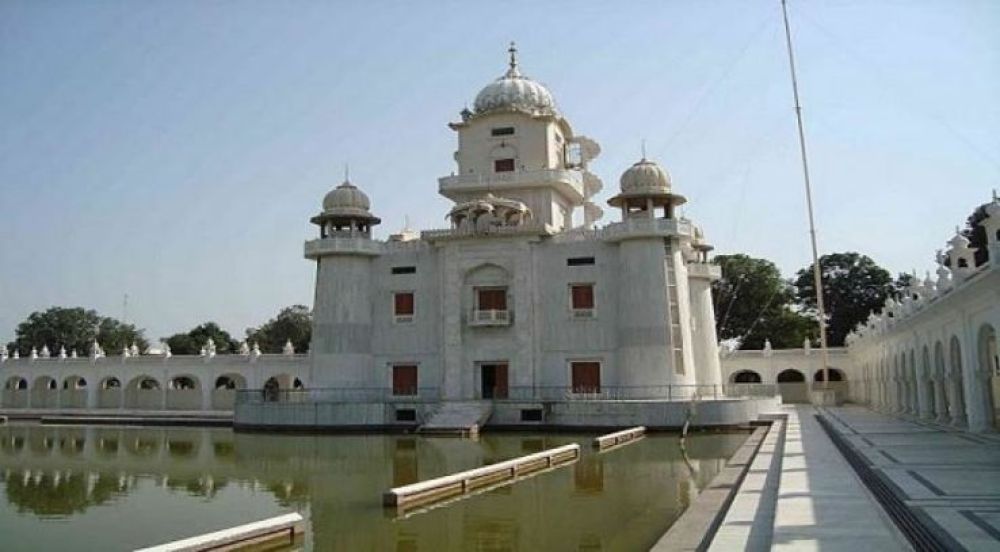

Sis Ganj Gurudwara in Ambala, Haryana is an important historical and religious site for Sikhs all around the world. The Gurudwara commemorates the martyrdom of the ninth Sikh Guru, Guru Tegh Bahadur, who played a pivotal role in protecting the religious freedom of Hindus during the reign of the Mughal Emperor Aurangzeb. The name 'Sis Ganj' refers to the 'Ganj' or place of the 'Sis' or head, marking the location of the Guru’s martyrdom.
The history of Sis Ganj Gurudwara begins in 1675 when Guru Tegh Bahadur was publicly beheaded in Chandni Chowk, Delhi, by the orders of Aurangzeb for refusing to convert to Islam. The Gurudwara in Ambala marks one of the spots where his severed head was honored by his followers as it was being transported to Anandpur Sahib. This site was thereafter regarded as sacred by Sikhs and eventually, a Gurudwara was constructed to commemorate the bravery and sacrifice of Guru Tegh Bahadur.
Tourism to the Sis Ganj Gurudwara in Ambala has steadily grown over the years. Devotees visit this place to pay their respects and seek blessings. It's not just a place of worship but also a significant historical site attracting tourists interested in the rich Sikh heritage of Punjab and Haryana.
In recent years, faith-based tourism has seen an uptick in popularity, with more people traveling to religious sites for spiritual reasons and historical interest. The Government of Haryana has recognized the potential of such sites and has been working to improve the facilities and accessibility to enhance the visitor experience.
Another trend in the tourism sector is the integration of technology in the visitor experience. Mobile applications and virtual tours have been developed for various sites, making it easier for tourists to learn about the history and significance of the places they visit including religious sites such as the Gurudwaras in Haryana and Punjab.
Eco-tourism and sustainability are also becoming central considerations for many visitors. Efforts are being made to maintain the sanctity of religious sites while ensuring that the environment is preserved. This includes management of waste, use of eco-friendly materials in facilities, and conservation of surrounding natural resources.
Lastly, there is a trend towards experiential travel, where visitors are looking for experiences that allow them to immerse themselves in the local culture and practices. This includes participating in the Gurudwara's Langar (community kitchen), understanding the practices of the Sikh religion, and engaging with local communities.
The continued focus on these emerging trends is likely to keep Sis Ganj Gurudwara in Ambala an important destination for religious tourism, heritage tourism, and cultural engagement.